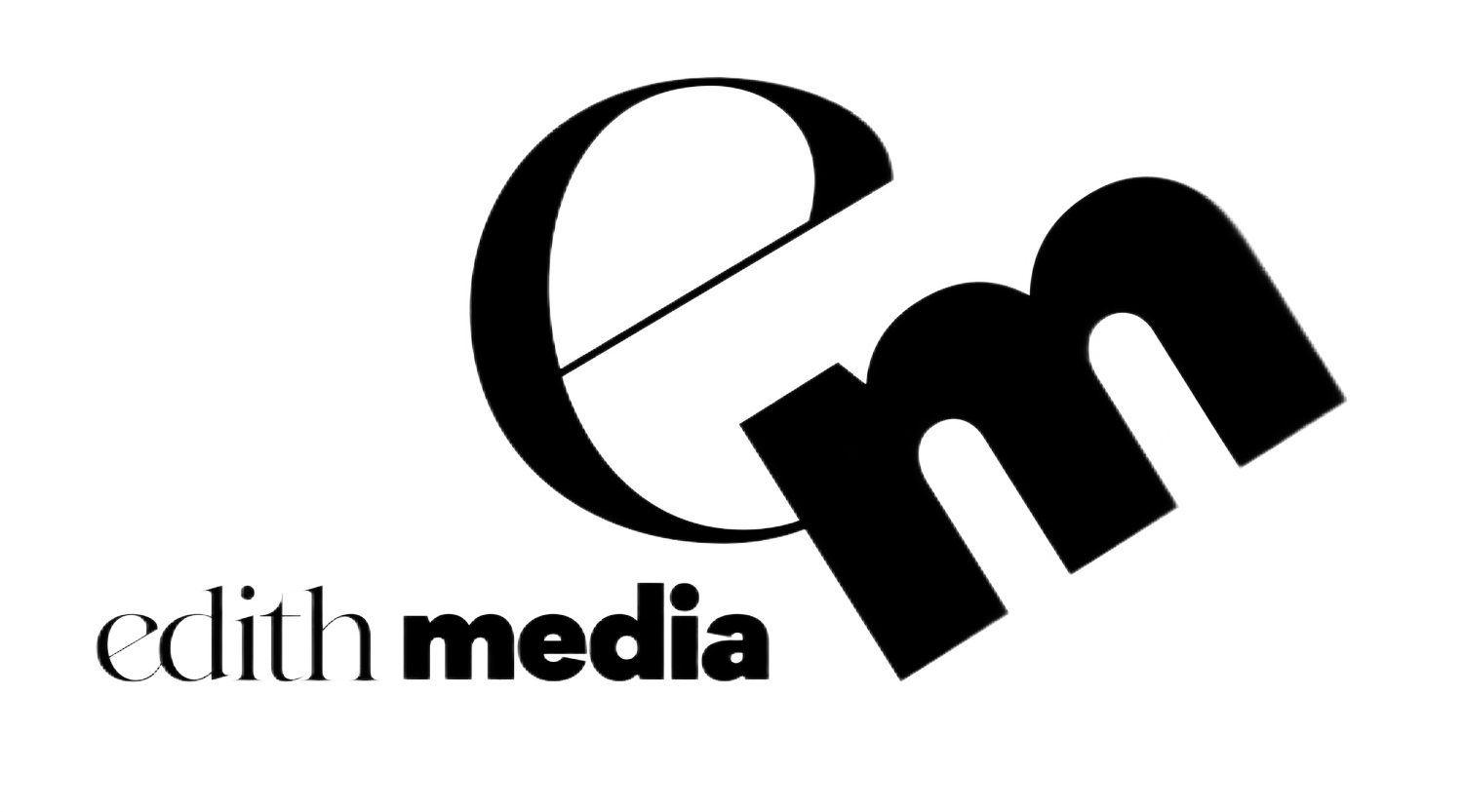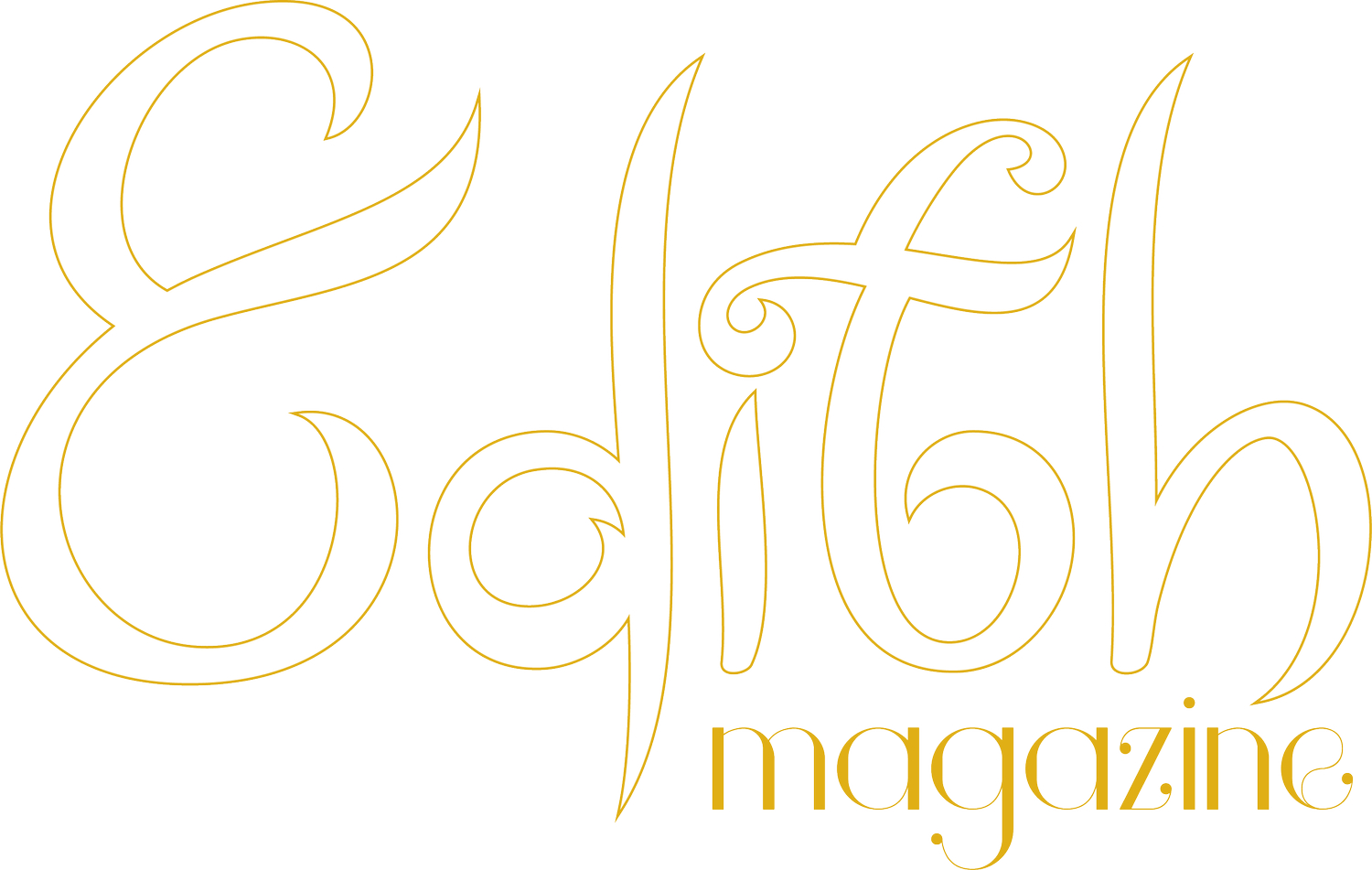An Invitation in Red and Blue
In this insightful interview, we have the privilege of delving into the world of glamour and fine art photography with Subhra, a photographer who has mastered the art of capturing the human form in its purest and most artistic essence. Discover the journey, techniques, and philosophies that shape Subhra's unique approach to nude photography and the delicate balance between art and eroticism.
How did you discover your passion for glamour and fine art photography, and what inspired you to specialize in this genre?
I started off with nature, wild life, still life and abstract and macro photography. These helped me learn the basics of exposure, metering etc. I still work in these but of late find myself working more and more in fashion, glamour and portraiture. Earlier I did not have lighting equipment and was thus not able to do studio shoots. Lighting can be expensive and also needs to be studied and learned. I was also shy and uncomfortable with working with human subjects. However, once I broke out of my comfort blanket I found that these particular things are actually pluses. For example, once I learned lighting I could create light in the studio. I didn’t have to wait for the perfect light conditions outside - the blue hour, the golden hour, etc. I could create whatever I wanted with a proper understanding of modifiers and other lighting equipment. Also, working with humans once I was comfortable provided benefits - I could instruct the model exactly how much to tilt the chin, or which direction to look at, unlike say, a bird in nature.
Can you describe your artistic approach to nude photography and the message or emotions you aim to convey through your work?
The human form is a work of art. Creating art by depicting the human form has existed for hundreds of years, long before the advent of the camera. This form is especially beautiful when it is bare and I love to capture it in its purity. Some of the subgenres of nude photography I have worked in include fine art nude, figure study and body sculpting, nude yoga and nude maternity shoots. Each of these shows the human form in a distinct emotional state. Take the example of a nude maternity shoot - nothing can be more tender, more loving than this form.
What is the most challenging aspect of photographing the human form, and how do you address any potential concerns or sensitivities of your subjects?
While every person is unique and photography subjects are no different there are some common challenges in photographing the human form. These stem from the fact that the subjects are exactly that - human. Unless they are professional models people can tend to be camera shy. My job as a photographer is to help such subjects overcome their shyness and give them confidence. Even professional models may have body image worries, especially when photographing in the nude and I do my best to make my subjects feel beautiful.
Many photographers have distinct styles. How would you define your signature style?
I love moody photographs. I also love color. I tend to use gel and sometimes underexpose my photographs.
Lighting plays a crucial role in creating compelling nude art. Could you share some insights into your lighting techniques and equipment preferences?
The role of lighting in any form of photography cannot be overemphasized. I often use the three-light arrangement with a reflector: one key light and one reflector at the other side and two rim lights behind. I tend to favor characteristic lighting over very diffused light, often preferring a beauty dish as my key light.
How do you go about establishing trust and a comfortable environment with your models, ensuring a collaborative and respectful creative process?
I devote a good amount of time and energy in the model selection process. There are some models I have worked with more than once and enjoy a mutual trust with. If I am working with the subject for the first time I will discuss the project at length with them, in most cases, this will take place over several days over text messages. I bounce off ideas with them, discuss wardrobe and looks, etc. While my primary purpose for this is to actually bring the project to fruition this also has the side effect of establishing familiarity and trust.
Your work often blurs the line between art and eroticism. How do you navigate this fine balance and maintain artistic integrity in your photography?
I think intent is very important. People are smart and can discern intent quite well, especially subjects in nude shoots. It is very important to approach the project with the intent to create a coherent body of art and not just take some random erotic photographs.
In the era of digital manipulation, what are your thoughts on retouching and editing in nude art photography, and how do you approach post-processing?
Retouching is mainstream now and publications as well as subjects have come to expect it. In the early days I would stay away from retouching and subjects would sometimes complain that many of their blemishes were showing in the photographs. Unless it is a specific art project where I want to show the blemishes I will nowadays retouch my photographs but I do it very lightly, mostly to flatter the subjects and never to alter any features.
Can you share some memorable or challenging experiences from your career that have had a significant impact on your development as a photographer?
I would say that affordability has been a problem and a challenge in the past. Camera gear is expensive and when you throw in good lenses, good lighting equipment and studio space it can build up very fast. While craft, expertise and technique are very important it is quite difficult to compete with others in the field unless you can afford decent equipment. Sure, you can make some great pictures with inexpensive equipment but if you need to consistently produce great results you’ll have to invest in the gear.
What advice would you give to emerging photographers interested in pursuing a career in glamour and fine art photography, particularly in the realm of nude art?
I have always learnt by studying others. I study the work of other photographers and even painters and dabble in art history too. My advice to emerging photography would be to learn the basics, study the work of others, experiment and never be afraid to find your own voice.
We must applaud the remarkable talent and unwavering dedication of Subhra, this extraordinary artist. His ability to transform the human form into breathtaking works of art, his commitment to nurturing trust and collaboration with his subjects, and his wise insights on maintaining artistic integrity in the face of a fine line between art and eroticism are truly commendable. Subhra's passion and craftsmanship are nothing short of awe-inspiring, and his influence on the world of glamour and fine art photography is undeniable. We eagerly anticipate the continued growth and brilliance of Subhra's artistic journey, knowing that he will undoubtedly continue to captivate our hearts and minds with his exceptional work.










